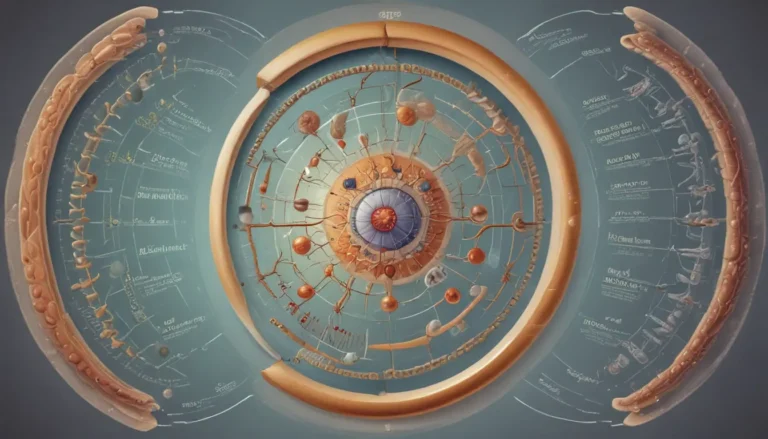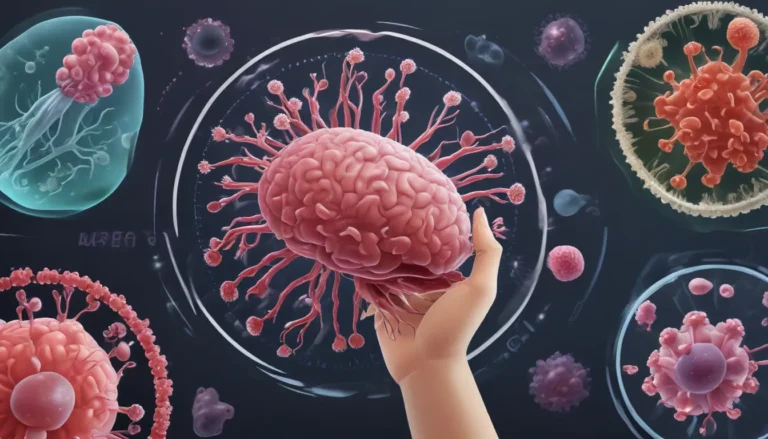A Note About Images: The images used in our articles are for illustration purposes only and may not exactly match the content. They are meant to engage readers, but the text should be relied upon for accurate information.
Have you ever wondered how certain animals survive the harsh winter months? Hibernation is a captivating phenomenon that allows creatures to slow down their bodies, conserve energy, and endure extreme conditions. Join us as we unravel the secrets of hibernation and explore nine fascinating facts about this remarkable survival strategy. From the physiological changes that occur during hibernation to the incredible feats of endurance displayed by hibernating animals, get ready to be amazed by the wonders of nature.
Understanding Hibernation
Hibernation is not just a simple sleep-like state; it is a complex survival mechanism that some animals utilize to conserve energy during harsh winter months. During hibernation, animals enter a state of torpor, where their metabolism slows down significantly to reduce energy expenditure. This allows them to endure long periods of scarce food resources, low temperatures, and limited activity by relying on stored fat and internal energy reserves.
Duration and Adaptations
Hibernation periods can vary in duration depending on the species. While some animals, like bats, may hibernate for a few weeks, others, such as the Arctic ground squirrel, can remain in hibernation for several months. During hibernation, animals experience a drop in body temperature, reduced heart rate, and slow breathing. They have specialized mechanisms to maintain muscle mass and prevent bone loss during extended periods of inactivity.
Myths and Realities
Contrary to popular belief, hibernating animals do not sleep continuously throughout their hibernation period. They periodically wake up to drink water, eliminate waste, and move around their den or burrow. These periodic awakenings are essential for them to replenish energy supplies and ensure their overall well-being.
Medical Implications
Scientists have discovered methods to induce temporary hibernation-like states in non-hibernating animals. This research has promising medical applications, potentially allowing for the preservation of organs during transplants or improving the recovery process after traumatic injuries. By understanding the mechanisms of hibernation, new insights into human health and longevity may be uncovered.
Hibernation vs. Aestivation
While hibernation is commonly associated with cold weather and the winter season, aestivation is a similar state of torpor observed in animals during hot and dry periods. Aestivating animals enter a dormant phase to avoid extreme heat and conserve energy. This demonstrates the adaptability of animals to survive in diverse environmental conditions.
FAQs: Your Burning Questions Answered
- What is hibernation?
-
Hibernation is a state of physiological inactivity and dormancy that certain animals enter in response to unfavorable environmental conditions.
-
How do animals enter hibernation?
-
Animals prepare for hibernation by storing excess fat reserves, finding a safe location, and undergoing physiological changes that slow down their metabolism.
-
How long can animals hibernate?
-
The duration of hibernation varies depending on the species and environmental conditions, ranging from several weeks to months.
-
Do all animals hibernate?
-
No, hibernation is most commonly observed in mammals, but some reptiles, amphibians, and insects also undergo hibernation-like states.
-
Can humans hibernate?
-
No, humans do not possess the physiological adaptations necessary for hibernation.
-
Can animals be woken up from hibernation?
-
Yes, external stimuli can interrupt the hibernation state of animals, causing them to wake up temporarily.
-
Can hibernating animals feel pain?
- During hibernation, animals experience decreased brain activity, making it unlikely that they feel pain.
Delving Deeper
Hibernation is a truly remarkable phenomenon that showcases the adaptability of animals to survive in challenging conditions. By unraveling the mysteries of hibernation, scientists may uncover new insights into human health, longevity, and even space exploration. This captivating survival strategy not only enhances our understanding of animal biology but also holds potential applications in various fields.
Dive into the World of Bears and Tortoises
Curious to learn more about animal hibernation habits? Discover the incredible abilities of bears as they navigate through hibernation periods. Explore how Russian tortoises adapt to harsh winter conditions through dormancy. Don’t forget about the adorable woodchucks with their unique hibernation behaviors. Keep reading to uncover more amazing facts about animals and their dormant states!
Conclusion
Hibernation is a testament to the remarkable adaptability of the animal kingdom. It serves as a reminder of the diverse and extraordinary ways in which living organisms have evolved to thrive in their respective environments. Through physiological changes and behavioral adaptations, hibernating animals are able to slow down their metabolism and endure extreme conditions with ease. As we continue to explore the complexities of hibernation, we gain valuable insights into the resilience and ingenuity of the natural world.
Share Your Thoughts
Was this article helpful in shedding light on the fascinating world of hibernation? Our commitment to delivering trustworthy and engaging content is paramount. Each fact on our site is contributed by real users, ensuring a wealth of diverse insights and information. Trust in our dedication to quality as you explore and learn with us.






